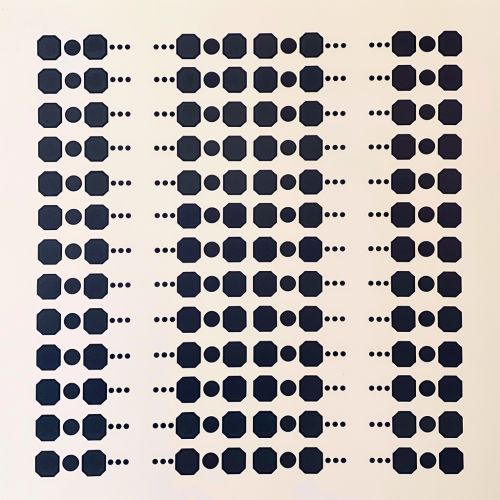Rectangular Numbers
Definition
A rectangular number, or a pronic number, is a figurate number that represents a rectangle with sides of any two consecutive integers. The nth rectangular number can be represented as the product of n and (n+1). The sequence of rectangular numbers starts with 0, 2, 6, 12, 20, and so on.
Mathematical Representation
The nth rectangular number can be represented mathematically as:
- R_n = n * (n + 1)
Where R_n is the nth rectangular number and n is any positive integer. The formula shows that every rectangular number is the product of two consecutive integers.
Properties
Rectangular numbers have several interesting properties:
- Every rectangular number is even. This is because the product of any two consecutive integers is always even. This is due to the fact that every two consecutive integers will always include at least one even number.
- The difference between consecutive rectangular numbers forms an arithmetic sequence. The difference between the (n+1)th and nth rectangular numbers is 2n + 2.
- The sum of the first n rectangular numbers is equal to the nth triangular number squared. This can be represented as:
- ∑R_i = T_n^2
Where ∑R_i is the sum of the first n rectangular numbers and T_n is the nth triangular number.
- Every rectangular number is the sum of two consecutive triangular numbers. This can be represented as:
- R_n = T_n + T_(n+1)
Where T_n and T_(n+1) are the nth and (n+1)th triangular numbers respectively.
Applications
Rectangular numbers have applications in various fields of mathematics and science:
- In combinatorics, rectangular numbers are used to count certain types of combinatorial objects. For example, the nth rectangular number counts the number of ways to arrange n+1 objects into a two-row array where the two rows have the same number of objects.
- In geometry, rectangular numbers are used to represent the number of dots that can be arranged in a rectangle with sides of two consecutive integers.
- In number theory, the study of rectangular numbers leads to interesting results about the distribution of prime numbers.


